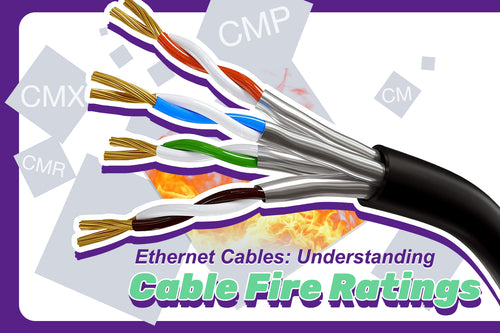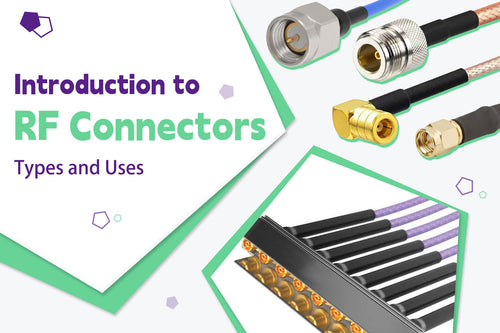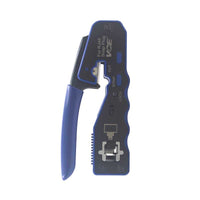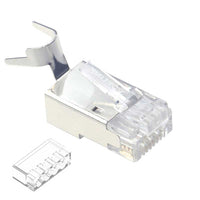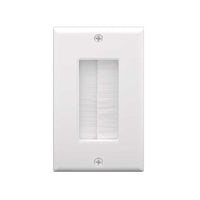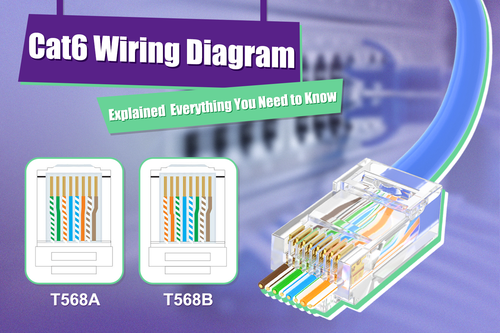
Cat6 Wiring Diagram Explained - Everything You Need to Know
Cat6 Ethernet cables are popular in residential and commercial network wiring, providing stable and reliable network connectivity. It is known that Ethernet cable termination should adhere to the A or...





